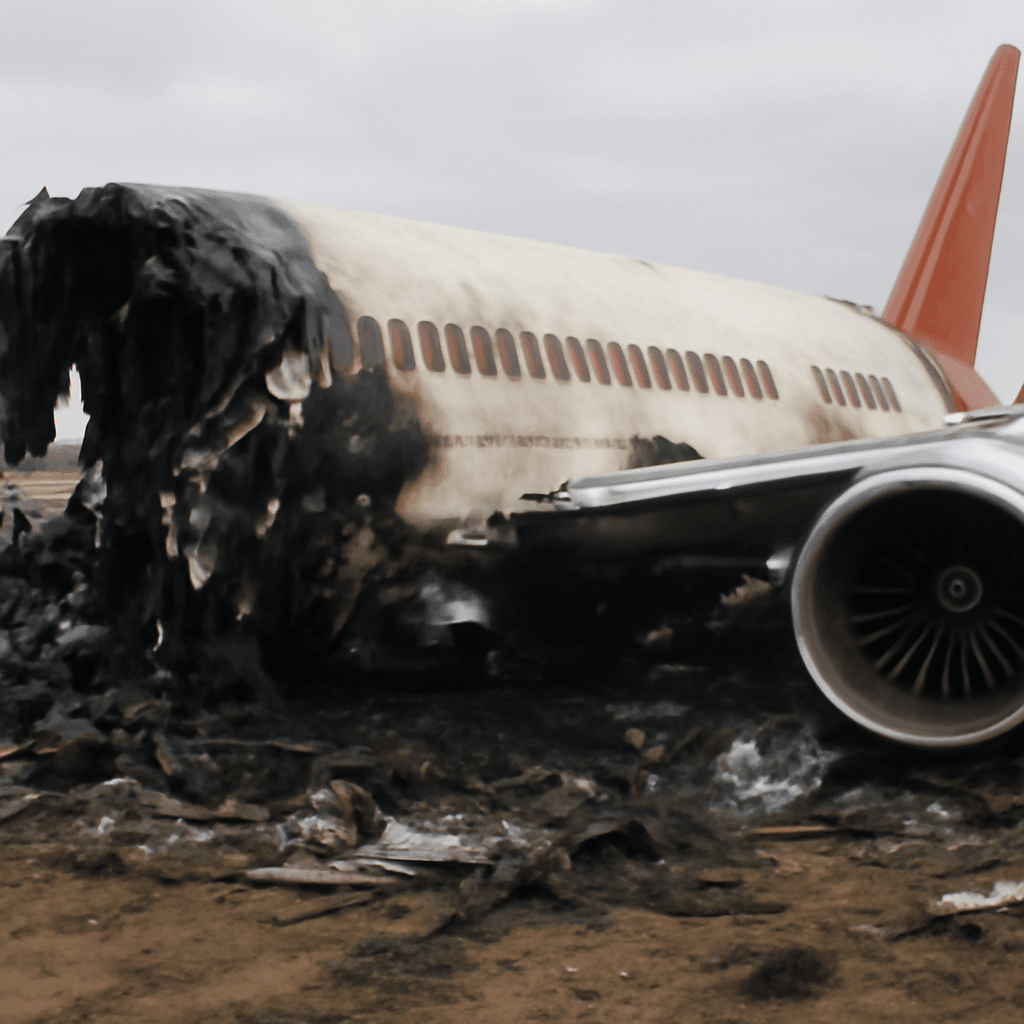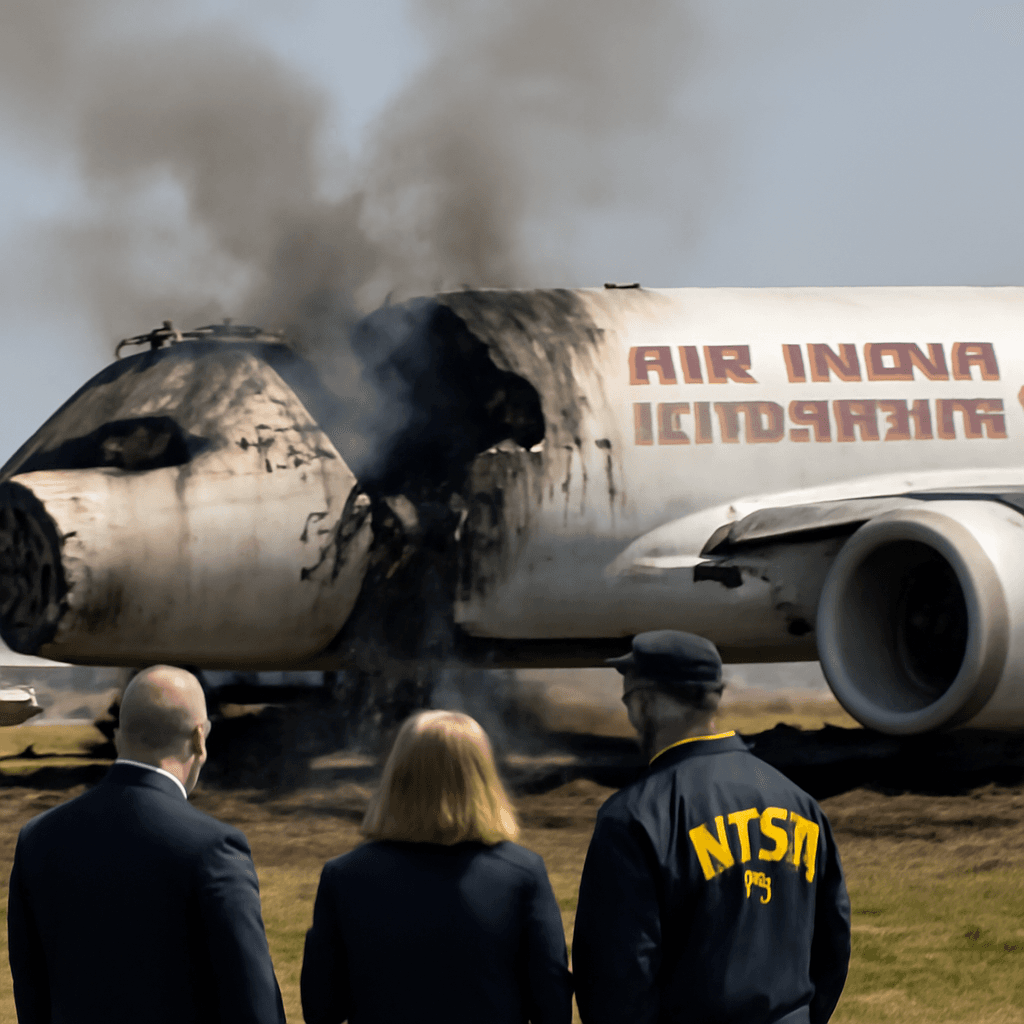UK Civil Aviation Authority Flags Boeing Fuel Valve Concerns Before Air India Tragedy
In a chilling twist of timing, just weeks prior to the catastrophic crash of an Air India Boeing 787-8 in Ahmedabad that claimed 270 lives, the United Kingdom’s Civil Aviation Authority (CAA) had issued a crucial safety warning. The alert focused on potential problems with the fuel shutoff valve actuators across several Boeing aircraft models, including the 787 Dreamliner involved in the disaster.
Safety Notice Issued Ahead of the Crash
On May 15, 2025, the UK CAA published a Safety Notice urging airlines operating five Boeing models — specifically the 737, 757, 767, 777, and 787 — to check their fleets against a recent directive from the US Federal Aviation Administration (FAA). The FAA had identified safety concerns linked to the fuel shutoff valve actuators, components that play a critical role in controlling the aircraft’s fuel supply.
The UK regulator recommended daily inspections of these actuators to prevent any possible malfunctions that could jeopardize flight safety.
FAA’s Airworthiness Directive Spurs Global Inspections
Reference to the FAA’s Airworthiness Directive (AD) indicated that the fuel shutoff valve actuators might malfunction, potentially causing the fuel supply to cut off unexpectedly. Such failures raise alarms about sudden engine shutdown scenarios that pilots must react to swiftly to avert disaster.
These concerns were confirmed when India’s Aircraft Accident Investigation Bureau (AAIB) released a preliminary report on July 12. According to the report, the Air India flight AI-171’s fuel control switches moved from “RUN” to “CUTOFF” just three seconds after take-off, effectively cutting off the fuel supply. Vital cockpit voice recordings reveal the immediate confusion, with one pilot asking, “Why did you cut off (the fuel supply)?” and the other replying that he had not.
Global Response from Airlines and Regulators
In the aftermath of the crash and following the early findings, major international carriers operating Boeing 787 fleets have initiated thorough checks on their fuel control switch locking mechanisms.
- Etihad Airways, notably, issued an internal directive on July 13 instructing engineering teams to closely inspect the locking systems of its Boeing 787 aircraft, including the plane registered as A6-BLI.
- Other international airlines have reportedly launched similar safety audits to ensure their fleets are not vulnerable to similar issues.
Underreported Questions and Broader Implications
This incident exposes underrecognized vulnerabilities in Boeing’s fuel control systems that, to date, have not garnered sufficient public scrutiny. It raises critical questions about the responsiveness of regulatory bodies and manufacturers to known mechanical risks—particularly how swiftly safety directives are disseminated and enforced worldwide.
Moreover, it underscores the vital role of cross-border coordination between aviation regulators, manufacturers, and operators to manage and mitigate emergent risks effectively. In this context, the UK CAA’s timely warning could have been a pivotal preventive measure if its guidance had reached all stakeholders with the necessary urgency.
From a US regulatory perspective, this situation thwarts complacency, reminding the FAA and global aviation authorities of the continuous imperative to vigilantly monitor aging aircraft components and integrate technological improvements swiftly.
What Lies Ahead for Boeing and Global Aviation Safety?
As the investigation progresses, the Air India crash will likely prompt a sweeping re-evaluation of Boeing’s maintenance protocols and component reliability, particularly concerning fuel system controls. Airlines and regulators may need to implement stricter inspection schedules and perhaps reconsider the design robustness of critical flight components.
This tragedy also acts as a sobering reminder of the delicate balance pilots maintain when mechanical failures intersect with human reaction times—highlighting the urgent need for training programs that reinforce managing unexpected system failures under extreme pressure.
Editor’s Note
The unfortunate sequence of warnings and the tragic Air India crash unveils complex challenges within the aviation industry’s safety ecosystem. It beckons a broader conversation on how regulatory bodies worldwide communicate and enforce critical safety alerts, and whether current practices suffice in a globalized aviation landscape.
Readers and stakeholders should consider: Are airlines equipped with the right information and resources to respond swiftly to such directives? How might the aviation sector enhance preventative maintenance to anticipate and neutralize rare yet deadly failures? These questions remain pivotal as investigations continue and reforms are contemplated.



















